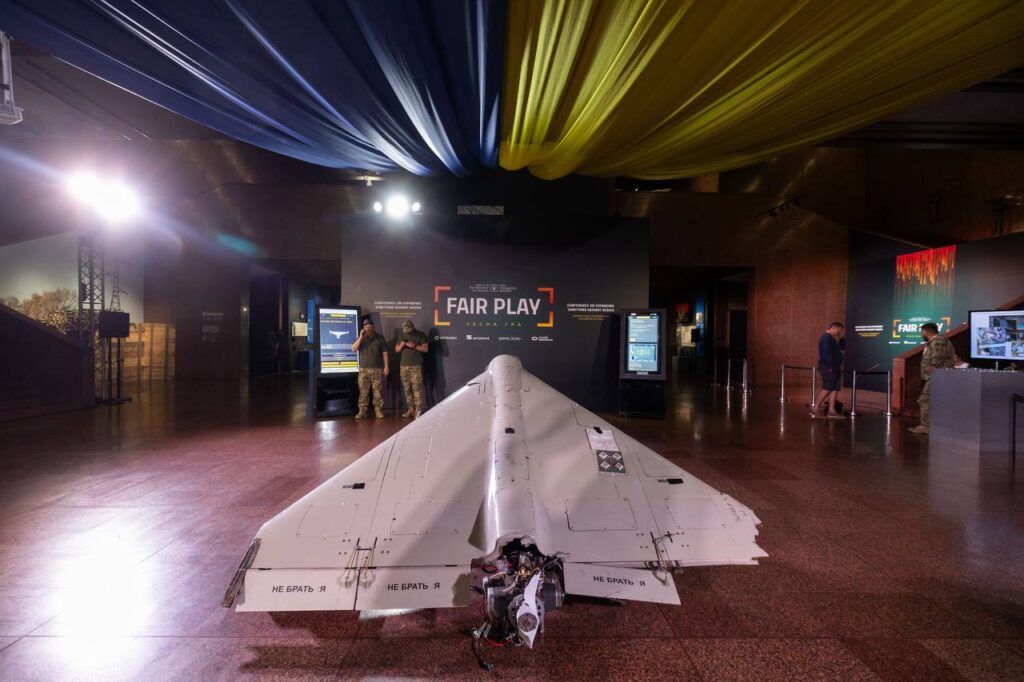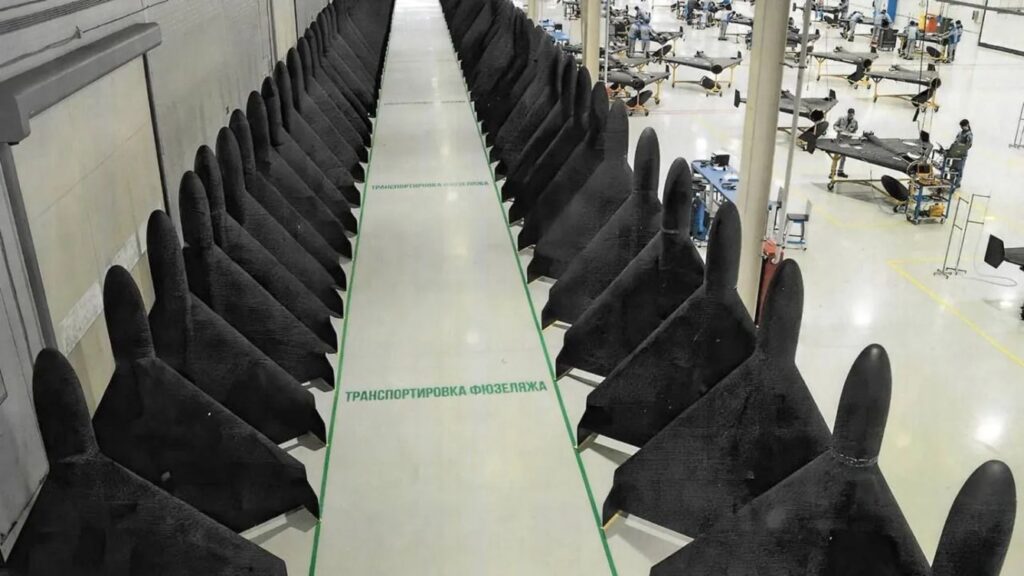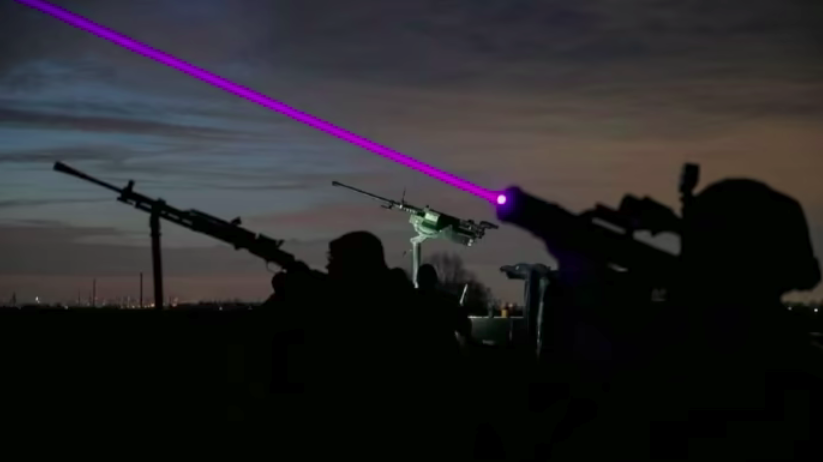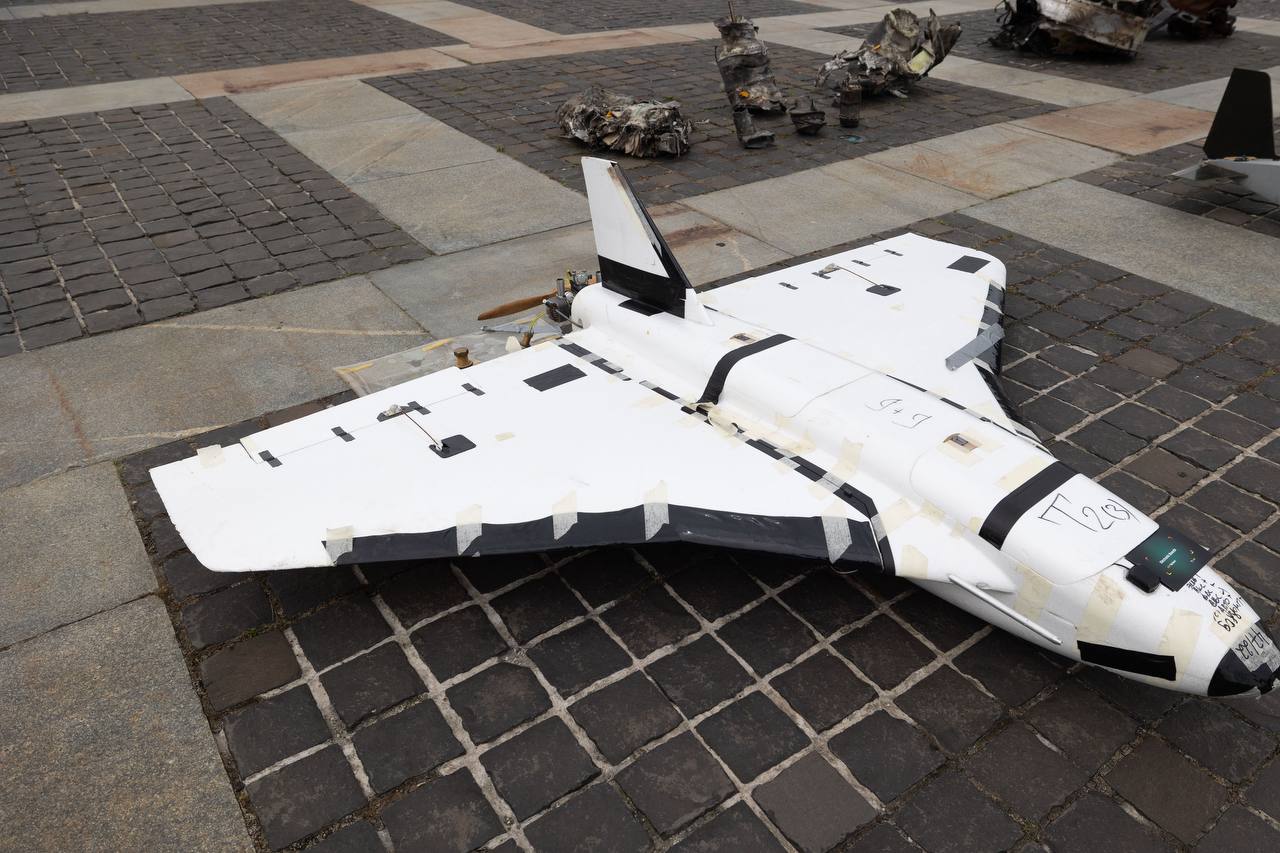The Iranian-made Shahed-136 drone—rebranded by Russia as the Geran-2—has become a central weapon in Moscow’s drone campaign against Ukraine, Forbes reports. Its low cost, long range, and substantial payload have made it a cornerstone of Russia’s evolving military strategy.
While Ukraine initially grew increasingly effective at countering these drones, Russia has recently scaled up production of upgraded Shahed variants, posing a growing threat to Ukrainian air defenses. Analysts warn that if these new drones overwhelm existing systems, the remnants of civilian life in Ukrainian cities could face renewed devastation.
Ukraine’s early success against Shahed drones
Ukraine’s air defense strategy initially kept Shahed drones largely at bay. On 25 January 2025, the Ukrainian Air Force reported intercepting all 61 drones launched in a single wave—15 jammed, 46 shot down.
The success stemmed from a layered system: electronic warfare systems jammed low-flying drones, MiG-29 jets and Mi-24 helicopters intercepted at higher altitudes, and mobile machine-gun teams engaged drones nearing urban areas.

Russia enhances the Shahed: Tougher and more lethal
Russia’s recent drone modifications have made the Shahed a tougher adversary. As Forbes defense correspondent Vikram Mittal reports, engine compartments are now armored, and fuel tanks have been moved from the wings into the drone’s core, reducing the likelihood of a single hit disabling the craft.
Some drones now deploy submunitions mid-flight, extending their damage radius and lowering the need for precise targeting.
One Ukrainian commander, quoted on social media, said: “You don’t even hear them fall, and then 20 minutes after the flight, an explosion occurs.”

Evolving tactics: Dual-altitude launches and lancet support
Beyond hardware, Russia has changed how Shaheds are used. Launching drones in dual-altitude pairs—one low, one high—allows the lower drone to mask the other from radar detection, improving strike success.
Meanwhile, Russia is pairing Shaheds with Lancet drones, which act as loitering munitions targeting Ukraine’s counter-drone teams. By knocking out interceptors first, Shaheds are more likely to reach their destinations.
25 June attack reveals shift in momentum
On 25 June 2025, Ukraine reported that only 52 of 71 drones were intercepted—32 shot down, 20 jammed. The remaining 19 drones hit their targets, a sharp increase compared to earlier in the year.
“This trend… reflects a shift in both technology and tactics,” Mittal wrote in Forbes, suggesting Russia’s changes are beginning to erode Ukraine’s defensive edge.

Ukraine responds with countermeasures and counterstrikes
In response, Ukrainian forces are upgrading radar systems to detect paired drones more effectively. Field units may also receive heavier-caliber rifles and vehicle armor to withstand Lancet attacks.
In a more offensive move, Ukraine recently targeted a Shahed production facility, aiming to slow the flow of drones at its source.
Drone warfare: The iterative arms race
As Vikram Mittal of Forbes writes, the Shahed drone’s evolution reflects the dynamic nature of this conflict: “Ukraine will adjust its defenses, Russia will continue to evolve its drones and tactics in turn.”
The drone war now embodies a larger arms race—not just in firepower, but in adaptation. Each new modification, tactic, or countermeasure feeds a rapid cycle of innovation on both sides of the front line.




